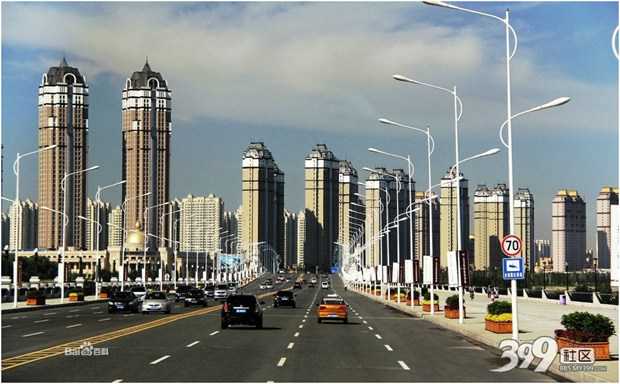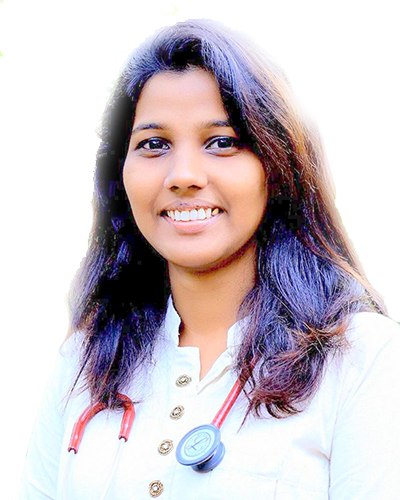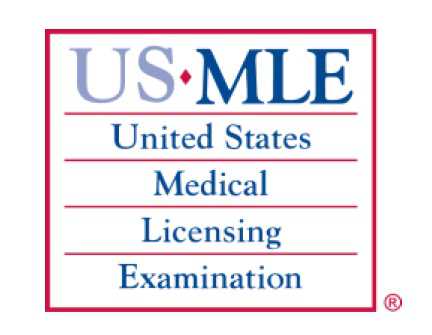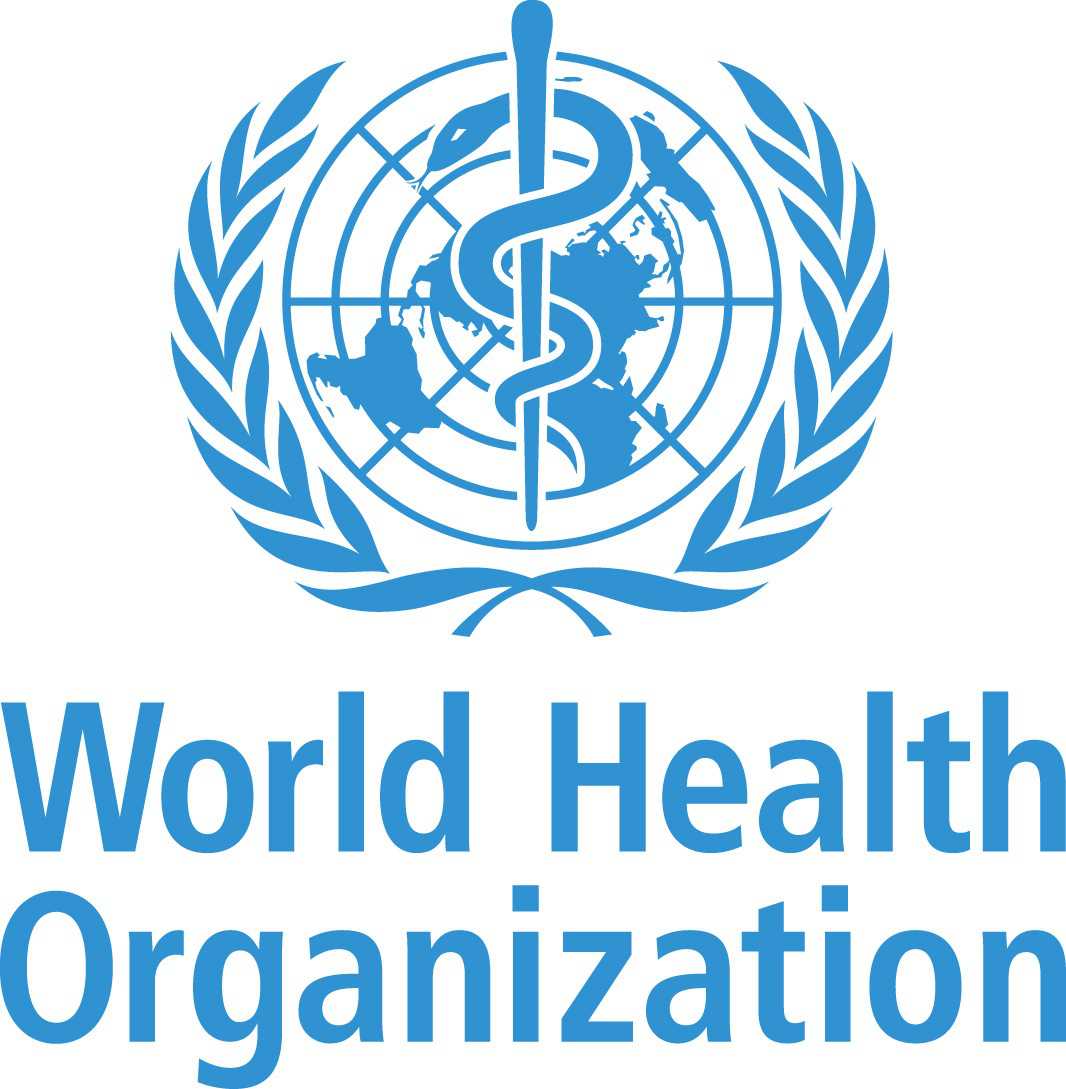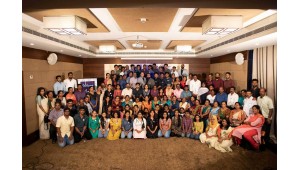WUHAN MEDICAL UNIVERSITY
SICHUAN MEDICAL UNIVERSITY
ZHENGZHOU UNIVERSITY
Guangzhou University of Chinese Medicine
NANJING MEDICAL UNIVERSITY CHINA
BEIJING UNIVERSITY OF CHINESE MEDICINE
China Medical University
Azerbaijan N. Narimanov Medical University
Jilin University
Dalian Medical University
Capital Medical University
Tianjin Medical University
Shandong University
Sichuan University
Wuhan University
Fudan University
Xinjiang Medical University
Nanjing Medical University
Jiangsu University
Wenzhou Medical University
Zhejiang University
Huazhong University of Science and Technology
Xi'an Jiaotong University
Southern Medical University
Jinan University
Guangxi Medical University
Chongqing Medical University
Harbin Medical University
Beihua Medical University
Jinzhou Medical University
Qingado University
Hebei Medical University
Ningxia Medical University
Tongji University
Shihezi University
Southeast University
Yangzhou University
Nantong University
Suzhou University
Ningbo University
Fujian Medical University
Anhui Medical University
Kunming Medical University
North Sichuan Medical College
Shantou University
Southwest Medical College
Xiamen University
Sun Yat-sen University
Ningbo University
Guangzhou Medical University
Xuzhou Medical University
Three Gorges University
Country Name×
MBBS in Philippines
MBBS in Ukraine
MBBS in Russia
MBBS in Kazakhstan
MBBS in Armenia
MBBS in Uzbekistan
MBBS in China
MBBS in Georgia
MBBS in Poland
MBBS in Belarus
MBBS in Kyrgyzstan
MBBS in Bangladesh
MBBS in Nepal
MBBS in Belize
MBBS in Austria
MBBS in Bulgaria
MBBS in Malaysia
MBBS in Romania
MBBS in Moldova
MBBS in Latvia
MBBS in France

